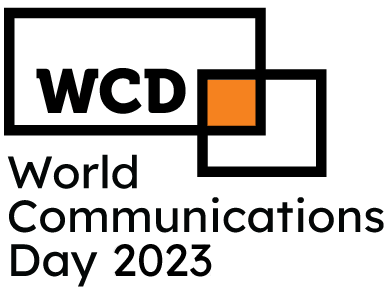Operating activities detail cash flow that’s generated once the company delivers its regular goods or services, and includes both revenue and expenses. Investing activity is cash flow from purchasing or selling assets—usually https://quickbooks-payroll.org/ in the form of physical property, such as real estate or vehicles, and non-physical property, like patents—using free cash, not debt. Financing activities detail cash flow from both debt and equity financing.
But if you can ask the right questions and access the right expertise, you can know enough to drive your strategy. Finally, we’d also like to publicly thank our boss, Sandra Archibald. Fifteen years ago Sandy took over as Dean of the Evans School. On Day One she committed to making the School a leader in public financial management. This text is a testament to that commitment, and a reflection of our progress so far. OP does not report any liabilities because it has not incurred any.
How We Pay for the Public Sector
For this reason, when thinking about the fund financial statements, we need to re-think how we recognize certain revenues. Instead of focusing recognition on when a government “earns” a revenue, we focus instead on whether that revenue is or will be available to cover costs during that same fiscal period. Specifically, GAAP for governments requires that for a revenue to be recognized in the current fiscal period is must be measurable and available. If in-kind contributions don’t result in a net increase or decrease in net assets, then why do we bother recognizing them? Because recognizing them helps us understand the organization’s capacity to deliver its services. If it had to pay for otherwise donated goods and services, those purchases would certainly affect its financial position and its service-delivery capacity.
Along with his wife Priscilla Chan, he announced the creation of a philanthropic organization known as the “Chan-Zuckerberg Initiative.” This “Initiative” defies conventional labels. At one level it’s similar to a traditional non-profit organization. It can deliver social services, participate in public policy debates, and partner with other non-profits. It’s also like a traditional philanthropic foundation, with plans for grant-making in areas like education reform in the US and clean water in developing countries. There are many fine textbooks on public financial management. This book is our best attempt to weave that material together in a fresh, robust, concise, and immersive way.
Recognition and the Fundamental Equation
The authors achieve their goal of providing content in a fresh manner, but this may require periodic updates of cases and cultural references. The linkage between highly relevant cases and content is compelling, including for example the budgetary source of the much publicized police abuses in Ferguson, MO. The centerpiece The Basic Financial Statements Financial Strategy for Public Managers case at the end of the book (The Cascadia Hearing School) should retain its relevance and usefulness well beyond the 2015 financial statements used in the case. Some may prefer to move the transaction chapter before the financial statements. I prefer that the financial statements chapter is before the transaction chapter.
- Budget staff in Seattle’s budget office also prepare fiscal notes that pay particular attention to the implications of budget decisions for race and social justice.
- Critics blamed the Seattle Fire Department for its slow and insufficient response to those fires.
- To public organizations, financial accountability has often meant looking back to ensure that public money was spent according to plan.
- Recall that in governmental accounting, a fund is a stand-alone, self-balancing set of accounts.
- How much revenue would it need to collect in the future to pay for capital improvements and equipment?
An income statement, also known as a profit and loss (P&L) statement, summarizes the cumulative impact of revenue, gain, expense, and loss transactions for a given period. The document is often shared as part of quarterly and annual reports, and shows financial trends, business activities (revenue and expenses), and comparisons over set periods. Keeping the broader health of your organization in mind is vital when managing your team.
Budgeting vs. Accounting
Its mission is to fight inflation and keep unemployment to a minimum. At the end of 2015, the US Treasury had $19 trillion of outstanding Treasury bonds. The remaining $7 trillion are held by investors outside the US, including nearly $1.5 trillion in China, and just over $1 trillion in Japan. The remaining $3.8 trillion is held by nearly 100 other countries.
UB offered the clinic a 30-year mortgage that required equal principal payments of $7,500 that were due on the loan beginning December 31st, 2014 (payments were semi-annually on June 30th and December 31st). Interest of 6 percent per annum on the unpaid balance was payable at the same time. In preparing the financial forecasts, Sanchez planned to show separately the two principal payments and the two interest payments (see Exhibit 7).
Measuring Full Cost: The Six-Step Method
We grant them these benefits because they deliver goods and services that benefit the public. Most non-profit hospitals accomplish this by delivering free or low-cost health care to people who can’t afford it. As long as they provide that service, there’s little if any restriction on how much profit they can earn. First, special districts allow for more direct taxpayer control.
